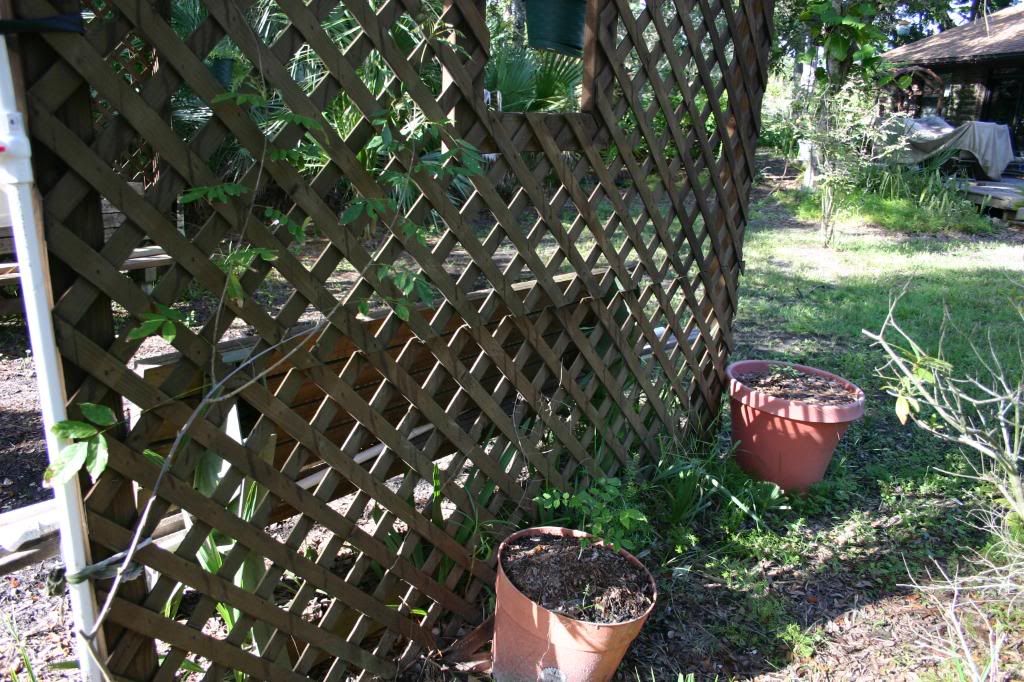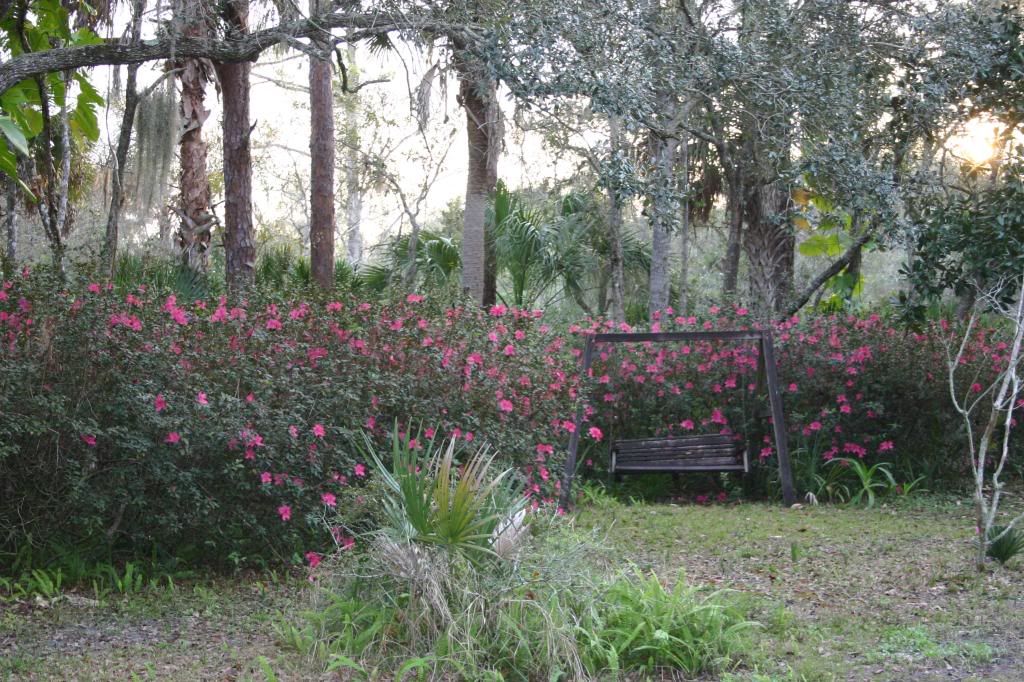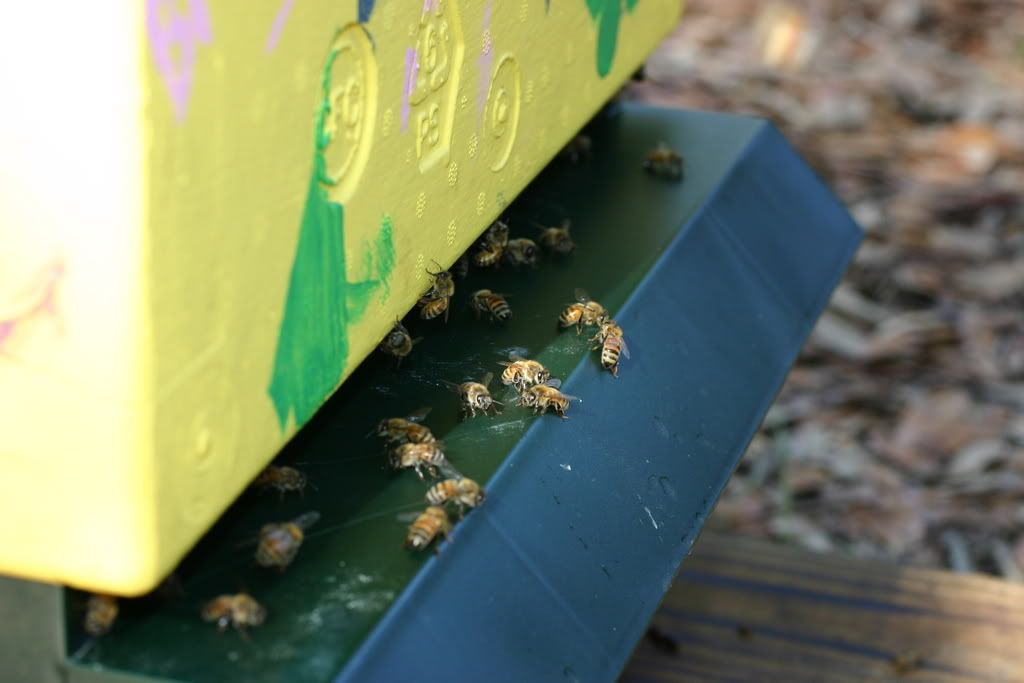----- For all of today's pictures; click here ---------
The experienced beekeepers in Florida are waiting for the fall honey flow. This is the time when Florida hives collect their winter stores. For weeks I have been reading in beekeepers forums how everyone up north is buttoning up their hives preparing and planning for the winter. Here in Florida the 1st day of fall means no more low to mid 90’s temperature…bring on the upper 80’s.
 Due to the heat, the high humidity, and the anticipated honey fall flow; I gave my hive a new top that implements an upper entrance. The hot humid weather equates to the bees having to fan the hive in an attempt to move fresh air in. I also wanted an easier time prying the top cover off the hive during inspections. The Beemax top fits incredibly snug and it is impossible to insert the hive tool between the top and the hive body to pry them apart. The picture shows the inserts in place to create the top entrance (click on any picture for larger view), I can also pull them out to eliminate the entrance. It telescopes out and down on two sides and incorporates a landing path on the front when open, and in the back it allows me to insert my hive tool between it and the hive body.
Due to the heat, the high humidity, and the anticipated honey fall flow; I gave my hive a new top that implements an upper entrance. The hot humid weather equates to the bees having to fan the hive in an attempt to move fresh air in. I also wanted an easier time prying the top cover off the hive during inspections. The Beemax top fits incredibly snug and it is impossible to insert the hive tool between the top and the hive body to pry them apart. The picture shows the inserts in place to create the top entrance (click on any picture for larger view), I can also pull them out to eliminate the entrance. It telescopes out and down on two sides and incorporates a landing path on the front when open, and in the back it allows me to insert my hive tool between it and the hive body. 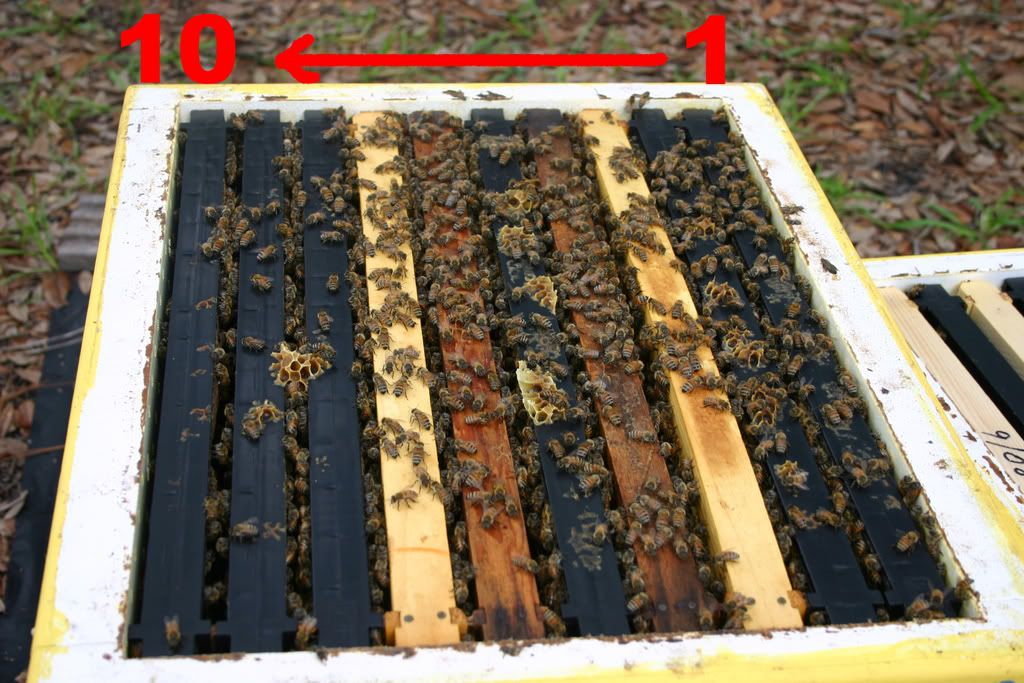 south, and frame 1 is to the West. Each frame has two sides, so each frame has an east face and a west face. Two weeks ago I inspected frames 6 to 10. Today I wanted to take a look at the other side.
south, and frame 1 is to the West. Each frame has two sides, so each frame has an east face and a west face. Two weeks ago I inspected frames 6 to 10. Today I wanted to take a look at the other side. The surprise of the day was on the underside of frame 4. I knew two weeks ago the queen had no room to lay another single egg which was why I added the medium supper. The new space didn't stop the bee's plan to solve the space problem. Their solution was to draw comb underneath frame 4 where about ¾ of those cells had eggs in them. I didn’t know what else to do but remove the mess and freeze the wax for future use. After I closed the hive it dawned on me that I have never removed frame 5. Oh well, there will be another day.
The surprise of the day was on the underside of frame 4. I knew two weeks ago the queen had no room to lay another single egg which was why I added the medium supper. The new space didn't stop the bee's plan to solve the space problem. Their solution was to draw comb underneath frame 4 where about ¾ of those cells had eggs in them. I didn’t know what else to do but remove the mess and freeze the wax for future use. After I closed the hive it dawned on me that I have never removed frame 5. Oh well, there will be another day. A quick look at the medium supper before closing the hive revealed the winner between plastic frames and foundationless wooden frames. With out foundation the comb is drawn from the top down. So it might not be a fair contest since the bees seem to be slowly moving up.
A quick look at the medium supper before closing the hive revealed the winner between plastic frames and foundationless wooden frames. With out foundation the comb is drawn from the top down. So it might not be a fair contest since the bees seem to be slowly moving up.
It was a good inspection day unless you count the sting on the back of my thigh (Sting count is now 7). It happened as I turned my back on the hive to place the smoker down. Little bugger got me good, my leg has swollen from mid thigh to just past the knee. The sting in itself is not painful; it’s trying to move the area that causes some pain. The area has swollen as much as the skin will give and the usual redness and increase temperature in the area are present already.





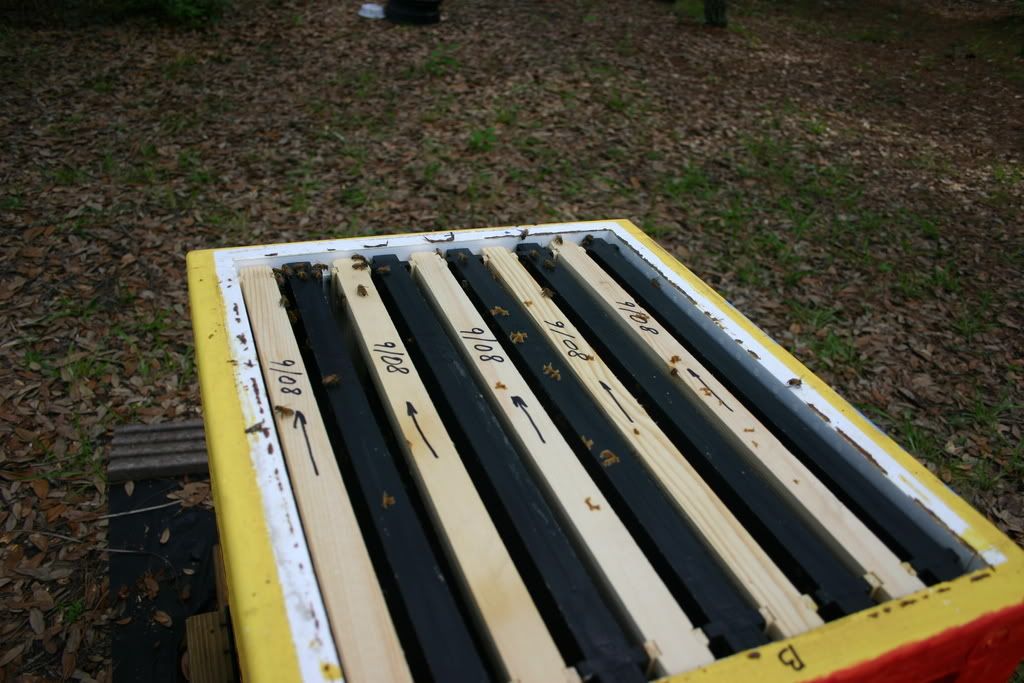


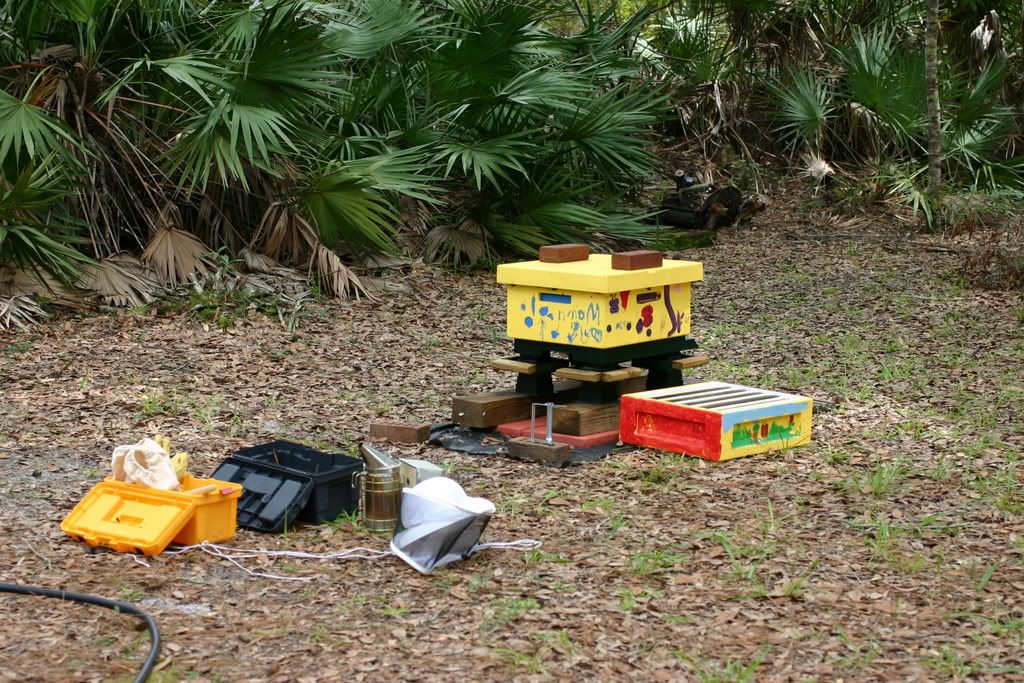














 (August to Early November) Hyacinth bean- . Climbing Vine, large clumps of small colorful flowers. Popular with all pollinating insects in October. No insect would look at it in August. Small wild green bees were all over it in November. Attempting to propagate by waiting for seeds to develop from blooms. Pods and seeds may be
(August to Early November) Hyacinth bean- . Climbing Vine, large clumps of small colorful flowers. Popular with all pollinating insects in October. No insect would look at it in August. Small wild green bees were all over it in November. Attempting to propagate by waiting for seeds to develop from blooms. Pods and seeds may be 


 Saw Palmetto - It is a small
Saw Palmetto - It is a small 









